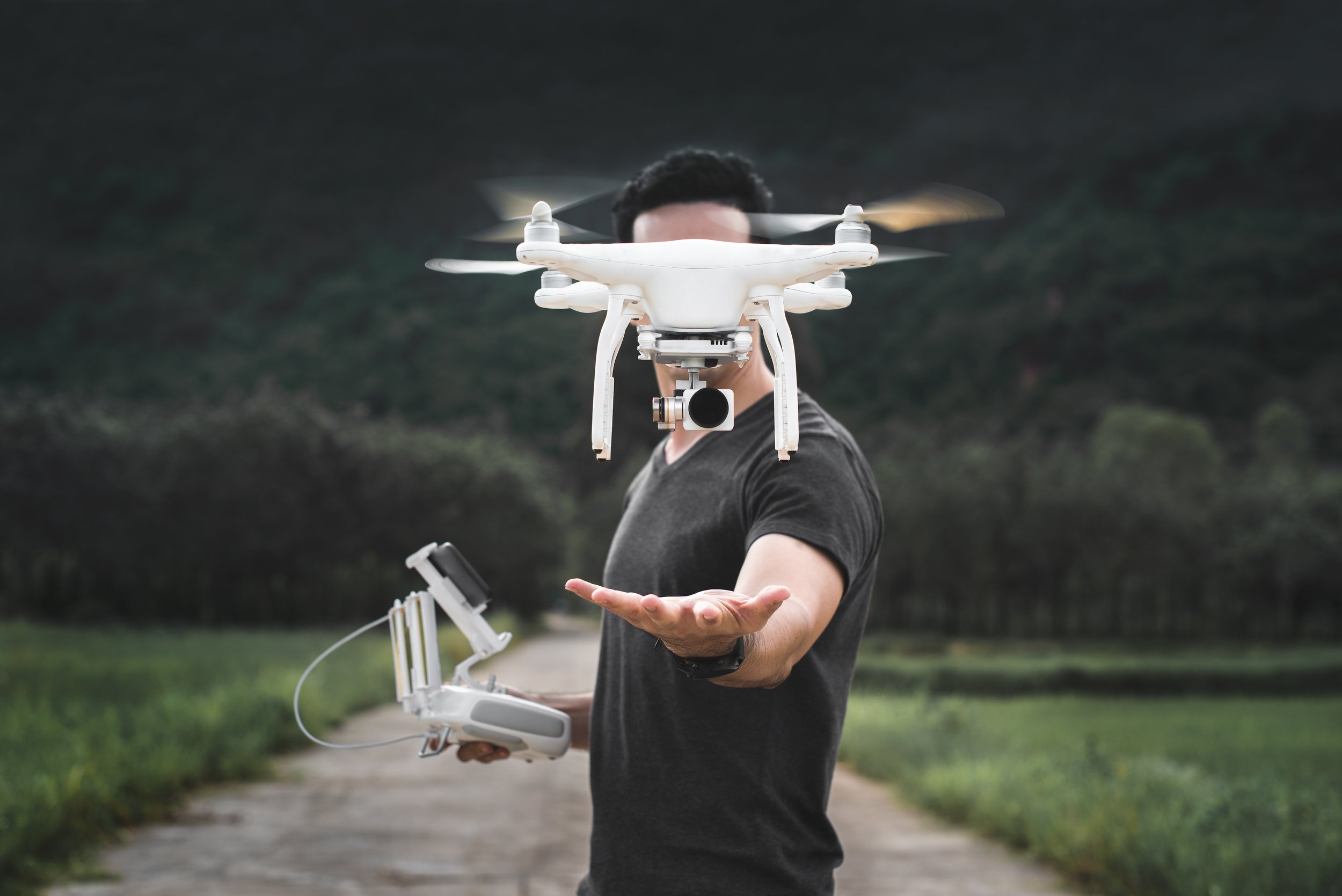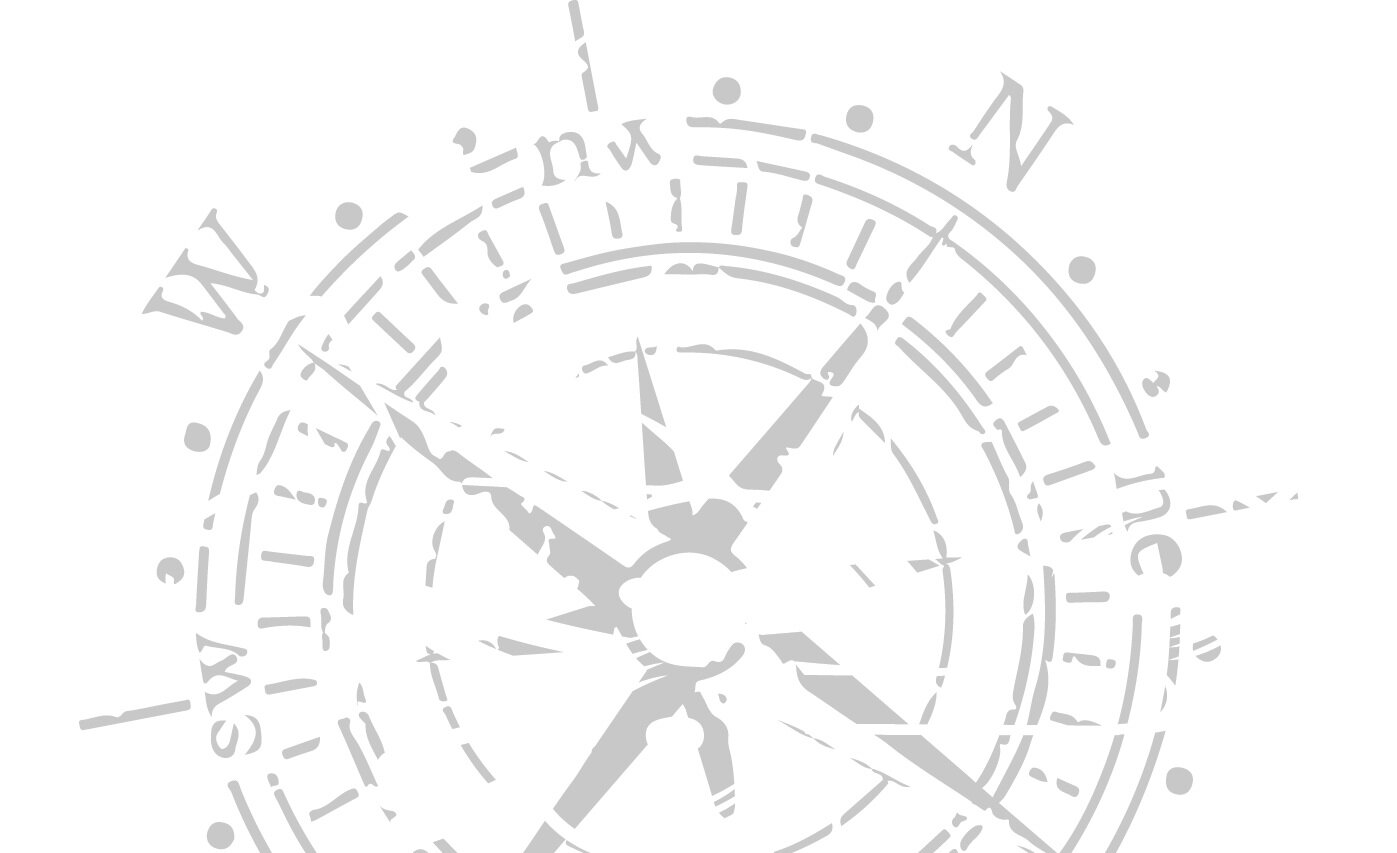
Stop Dreaming, Start Flying Today!
Drone Pilot

The Drone Pilot License
First, it is important to note who needs a Drone Pilot License. Under the Part 107 regulations, there are two distinctions for when a drone license is required:
You need a drone license when you use your drone for work or business, i.e. commercial use.
You do not need a drone license when you fly your drone strictly for fun as a hobby, i.e. recreational use.
Still confused? Here is the difference: Commercial operators can still fly for recreation, but recreational pilots may not conduct commercial drone flights. In other words, if you plan on using your drone for commercial use you need a Drone Pilot License.
-
To get a commercial drone license from the FAA, you’ll need to follow these steps:
• Be at least 16 years old.
• Pass the Aeronautical Knowledge Test. You can register to take the test at any FAA-approved knowledge testing center such as Safety In Motion Flight Center. Contact Us to learn more.
• Apply for and obtain a Remote Pilot Certificate. This is about 10-15 minutes of online paperwork.
• Administration (this vetting happens automatically during your application process).
Once you have your drone license, you’ll also be required to:
• Maintain drone registration every 36 months and keep the registration card with you when flying.
• Keep your license up to date by passing a recurrent aeronautical knowledge test every 24 months.
• Make available to the FAA, upon request, the small UAS for inspection or testing, and any associated documents/records required to be kept under the proposed rule.
• Report any accidents to the FAA within 10 days of any operation that results in injury or property damage over $500.
• Before all flights, conduct a preflight inspection, including specific aircraft and control station systems checks, to ensure the small UAS is safe for operation.
-
FAA’s model aircraft rules for recreational drone use are as follows:
• You must take The Recreational UAS Safety Test (TRUST) required by the FAA. We’re proud to be an FAA-approved test administrator. Take the free online training and receive your certificate of completion with UAV Coach.
• You must fly for hobby or recreation ONLY (no side jobs or in-kind work allowed).
• You must register your UAV with the FAA on the FAADroneZone website.
• You must fly within a visual line of sight.
• You must follow community-based safety guidelines and fly within the programming of a nationwide community-based organization (CBO) like the AMA.
• You must fly a drone under 55 lbs. unless certified by a community-based organization.
• You must never fly near other aircraft.
• You must fly in Class G airspace. If you need to fly in Class B, C, D, or E-controlled airspace, you need to apply for airspace authorization. Check out our LAANC authorization guide to better understand how that authorization process works.
• You must never fly near emergency response efforts.
To view all of the recreational drone regulations, check out this page on the FAA website.
-
If you are operating as a commercial operator, then the regulations that apply to your operation fall under the FAA’s Part 107 Small Unmanned Aircraft Rule, including the following:
• You must hold a Remote Pilot Certificate issued by the FAA to fly commercially.
• You must register your UAV with the FAA on the FAADroneZone website.
• Your UAV must weigh less than 55 pounds, including payload, at takeoff.
• You must fly in Class G airspace.
• You must keep your UAV within visual line-of-sight.
• You must fly at or below 400 feet.
• You must use anti-collision lighting to fly during civil twilight or evening.
• You must fly at or under 100 mph.
• You must yield the right of way to manned aircraft.
• You cannot fly from a moving vehicle, unless in a sparsely populated area.
• Excluding the weight requirement and the requirement to fly in Class G airspace, the above restrictions can be waived if you submit and receive a Part 107 waiver from the FAA.
The Class G airspace requirement can also be bypassed if you apply for and receive approval for special airspace authorization from the FAA. Check out our LAANC authorization guide to better understand how that authorization process works.
-
If you are already a licensed manned aircraft pilot, then you don’t need to go through a training course or take the Part 107 exam.
Manned aircraft pilots need to complete a (free) online training course called “Part 107 small Unmanned Aircraft Systems (sUAS) ALC-451” available on the FAA FAASTeam website. More information on that process and steps click HERE.
After you successfully complete that course, you then complete FAA Form 8710-13 (FAA Airman Certificate and/or Rating Application for a remote pilot certificate), validate your applicant identity, and make an in-person appointment with your local FSDO, an FAA-designated pilot examiner (DPE), an airman certification representative (ACR), or an FAA-certificated flight instructor (CFI) to sign your form.
For more information about obtaining a Drone License, Contact Us. You can also find more in-depth information HERE.

